-
 Bitcoin
Bitcoin $112400
0.86% -
 Ethereum
Ethereum $4509
-0.37% -
 XRP
XRP $2.968
-0.52% -
 Tether USDt
Tether USDt $0.9999
-0.02% -
 BNB
BNB $876.4
2.10% -
 Solana
Solana $214.3
4.69% -
 USDC
USDC $0.9998
-0.01% -
 Dogecoin
Dogecoin $0.2241
1.86% -
 TRON
TRON $0.3447
-0.45% -
 Cardano
Cardano $0.8586
0.25% -
 Chainlink
Chainlink $25.26
5.76% -
 Hyperliquid
Hyperliquid $45.95
-3.38% -
 Ethena USDe
Ethena USDe $1.001
-0.01% -
 Sui
Sui $3.491
0.92% -
 Stellar
Stellar $0.3830
0.57% -
 Cronos
Cronos $0.3333
27.15% -
 Bitcoin Cash
Bitcoin Cash $557.0
0.74% -
 Avalanche
Avalanche $24.75
0.77% -
 Hedera
Hedera $0.2406
0.46% -
 UNUS SED LEO
UNUS SED LEO $9.561
-0.08% -
 Litecoin
Litecoin $113.8
0.74% -
 Toncoin
Toncoin $3.187
1.26% -
 Shiba Inu
Shiba Inu $0.00001264
0.86% -
 Polkadot
Polkadot $3.995
3.37% -
 Uniswap
Uniswap $10.04
1.61% -
 Dai
Dai $0.9999
-0.01% -
 Bitget Token
Bitget Token $4.603
-0.87% -
 Monero
Monero $269.4
-1.07% -
 Aave
Aave $317.5
-1.55% -
 Ethena
Ethena $0.6731
10.25%
Coinbase for Beginners: How to Buy and Sell Cryptocurrency
Create a secure Coinbase account, verify your identity, enable 2FA, link a payment method, and start with small Bitcoin or Ethereum purchases to safely enter the crypto market.
Aug 29, 2025 at 05:01 am
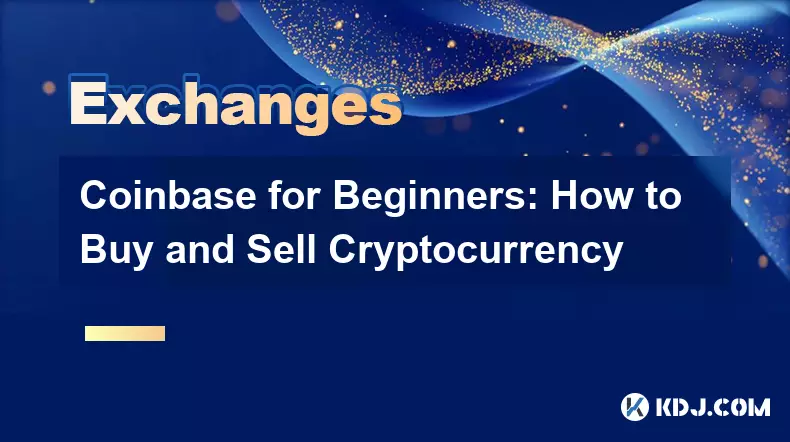
Getting Started with Coinbase: A Beginner's Guide
1. Signing up for a Coinbase account is the first step toward entering the cryptocurrency market. Users must provide a valid email address, create a secure password, and complete identity verification using a government-issued ID. This process ensures compliance with anti-money laundering regulations and strengthens platform security.
2. Once the account is verified, new users are guided through an interactive dashboard. The interface displays available cryptocurrencies, current prices, and portfolio value. Beginners can explore educational content provided by Coinbase Earn, which rewards users with small amounts of crypto for completing lessons on blockchain technology and digital assets.
3. Enabling two-factor authentication (2FA) is strongly recommended. This adds an extra layer of protection by requiring a code from a mobile app or SMS during login. Securing the account early helps prevent unauthorized access and potential loss of funds.
4. Linking a payment method is necessary to buy cryptocurrency. Users can connect a bank account, debit card, or credit card. Bank transfers typically have lower fees but take longer to process, while card purchases are instant but incur higher transaction costs.
5. Beginners should start with well-established cryptocurrencies like Bitcoin (BTC) or Ethereum (ETH). These assets have higher liquidity and are less volatile compared to smaller altcoins. Purchasing small amounts initially allows users to become familiar with order execution and price fluctuations.
Buying Cryptocurrency on Coinbase
1. Navigate to the 'Buy/Sell' section and select the desired cryptocurrency. Enter the amount in either fiat currency (USD, EUR, etc.) or the digital asset itself. The platform instantly calculates the equivalent value based on the current market rate.
2. Choose the preferred payment method from the linked options. Bank accounts are ideal for larger purchases due to lower fees, while debit cards suit immediate transactions despite added costs. Confirm the purchase details before proceeding.
3. Review the transaction summary, which includes the asset price, network fees, and total cost. Coinbase displays all charges upfront to prevent surprises. Click 'Buy' to execute the order, and the crypto will appear in the wallet within seconds for card payments or a few business days for bank transfers.
4. After purchase, users can store assets in Coinbase’s hosted wallet or transfer them to a private wallet for enhanced control. Keeping funds on the exchange offers convenience for trading but increases exposure to potential security breaches.
5. Always double-check wallet addresses before confirming transfers. Sending crypto to an incorrect address results in irreversible loss.
Selling Cryptocurrency and Withdrawing Funds
1. To sell crypto, go to the 'Buy/Sell' tab and select 'Sell.' Choose the digital asset to convert and specify the amount. The platform shows the estimated fiat value after deducting fees.
2. Select a destination for the proceeds—either a linked bank account or PayPal, where available. Bank withdrawals are free but may take 1–5 business days, depending on the region and financial institution.
3. Confirm the sale details and approve the transaction using 2FA. Once processed, the fiat funds are deposited into the chosen account. Users can view transaction history under the 'Activity' section for record-keeping.
4. Monitor market trends before selling. Sudden price swings can significantly impact returns, especially during high-volatility periods.
5. Reinvesting proceeds into other cryptocurrencies is seamless on Coinbase. The platform supports direct exchanges between digital assets without converting to fiat, reducing transaction friction and time.
Security and Best Practices for New Traders
1. Avoid sharing login credentials or recovery phrases with anyone. Coinbase will never ask for sensitive information via email or phone. Phishing attempts often mimic official communications, so always verify URLs and sender addresses.
2. Store backup codes and seed phrases in a secure offline location. These are critical for account recovery if the primary device is lost or compromised. Cloud storage or unencrypted digital files pose significant risks.
3. Set up price alerts to stay informed about market movements. These notifications help users make timely decisions without constantly monitoring charts, especially useful for those new to trading dynamics.
4. Limit large transactions until comfortable with the platform’s mechanics. Practice with small trades to understand fee structures, processing times, and interface behavior under different market conditions.
5. Regularly review account activity for unauthorized actions. Immediate reporting to Coinbase support increases the chances of resolving security incidents.
Frequently Asked Questions
How long does it take to verify a Coinbase account?Verification time varies by region and document quality. Most users are approved within minutes, though some cases may require additional review and take up to several days.
Can I use Coinbase without linking a bank account?Yes, users can link a debit or credit card to buy crypto instantly. However, withdrawing funds to a card is not supported; a bank account or PayPal is required for fiat withdrawals.
Are there fees for holding cryptocurrency on Coinbase?No, Coinbase does not charge storage fees for assets held in its wallets. Fees apply only during transactions such as buying, selling, or transferring crypto.
What happens if I lose access to my two-factor authentication device?Recovery options include backup codes and trusted devices. If these are unavailable, Coinbase provides a recovery process that may require identity re-verification.
Disclaimer:info@kdj.com
The information provided is not trading advice. kdj.com does not assume any responsibility for any investments made based on the information provided in this article. Cryptocurrencies are highly volatile and it is highly recommended that you invest with caution after thorough research!
If you believe that the content used on this website infringes your copyright, please contact us immediately (info@kdj.com) and we will delete it promptly.
- Ethereum: Wall Street's Token of Choice?
- 2025-08-29 12:45:13
- Cryptos with Massive Upside: Top Buys to Watch Now
- 2025-08-29 13:05:15
- BlockDAG's Presale Momentum: Is a 36x ROI Realistic?
- 2025-08-29 13:25:14
- Blockchain, GDP Data, Transparent Future: A New Era of Economic Reporting?
- 2025-08-29 11:05:12
- BlockDAG's 15,000 TPS and Execution-Driven Model: A Crypto Game Changer?
- 2025-08-29 11:25:15
- SHIB Price, Trading Volume, Cryptocurrency: Riding the Whale Waves
- 2025-08-29 09:25:17
Related knowledge

How to trade a new coin listing on Binance?
Aug 29,2025 at 11:14am
Understanding the Pre-Listing Phase1. Research the project thoroughly before any listing announcement. Whitepapers, team backgrounds, and community se...
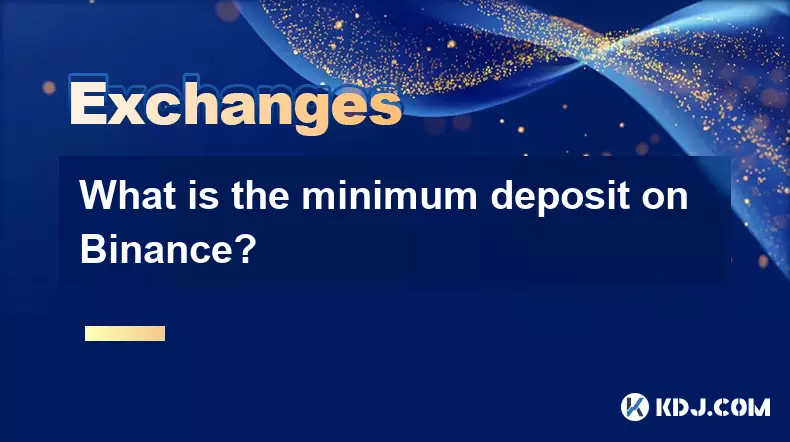
What is the minimum deposit on Binance?
Aug 29,2025 at 01:01pm
Understanding Binance Deposit Requirements1. The minimum deposit on Binance varies depending on the cryptocurrency being deposited. Each digital asset...

How to read charts on Binance?
Aug 29,2025 at 08:28am
Understanding Candlestick Patterns1. Each candlestick on Binance represents price movement over a specific time interval, such as one minute, five min...
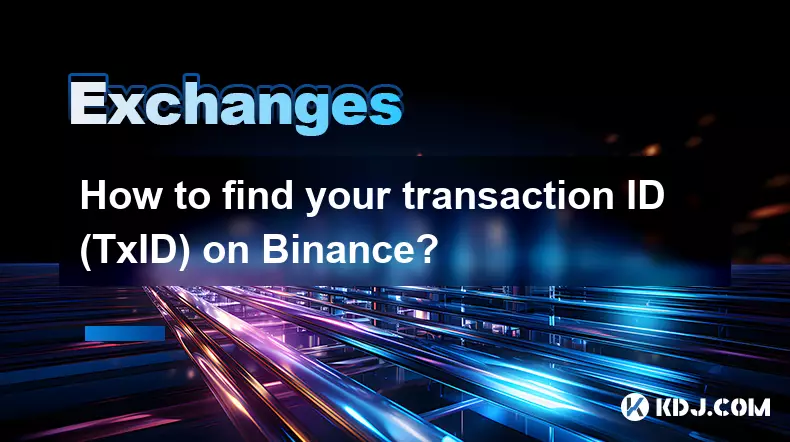
How to find your transaction ID (TxID) on Binance?
Aug 29,2025 at 08:57am
Understanding Transaction ID (TxID) in Binance1. A Transaction ID, commonly known as TxID, is a unique alphanumeric string assigned to every blockchai...
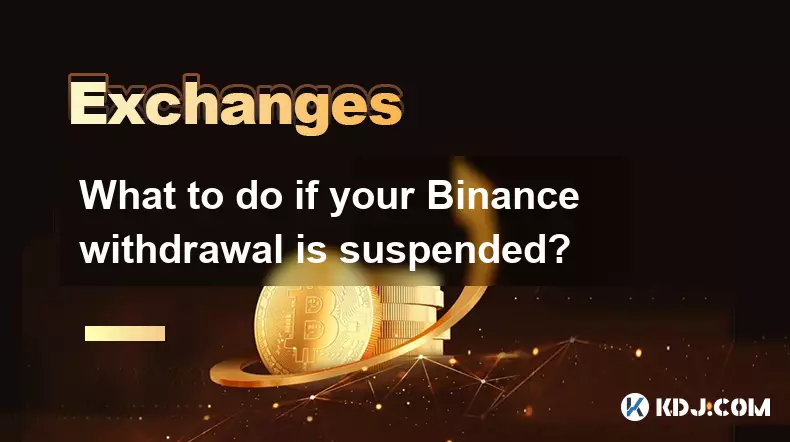
What to do if your Binance withdrawal is suspended?
Aug 29,2025 at 11:43am
Understanding Why Binance Withdrawals Get Suspended1. Binance may suspend withdrawals due to security concerns, especially if unusual login activity o...
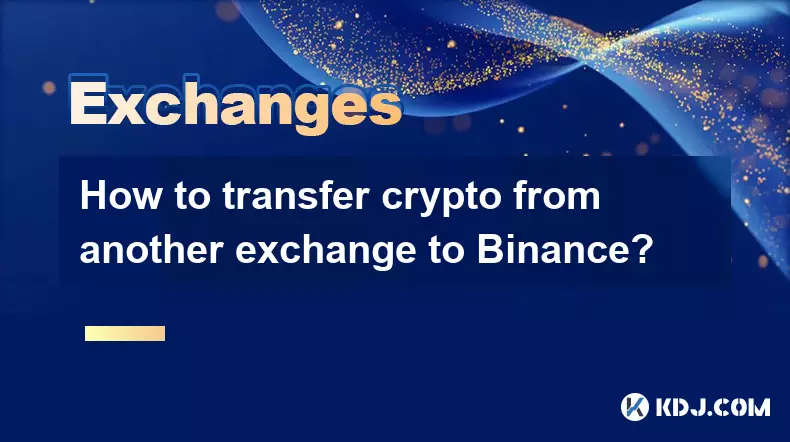
How to transfer crypto from another exchange to Binance?
Aug 29,2025 at 10:57am
Understanding the Transfer Process1. Log in to your Binance account and navigate to the 'Wallet' section. Select 'Spot Wallet' or the appropriate wall...

How to trade a new coin listing on Binance?
Aug 29,2025 at 11:14am
Understanding the Pre-Listing Phase1. Research the project thoroughly before any listing announcement. Whitepapers, team backgrounds, and community se...

What is the minimum deposit on Binance?
Aug 29,2025 at 01:01pm
Understanding Binance Deposit Requirements1. The minimum deposit on Binance varies depending on the cryptocurrency being deposited. Each digital asset...

How to read charts on Binance?
Aug 29,2025 at 08:28am
Understanding Candlestick Patterns1. Each candlestick on Binance represents price movement over a specific time interval, such as one minute, five min...

How to find your transaction ID (TxID) on Binance?
Aug 29,2025 at 08:57am
Understanding Transaction ID (TxID) in Binance1. A Transaction ID, commonly known as TxID, is a unique alphanumeric string assigned to every blockchai...

What to do if your Binance withdrawal is suspended?
Aug 29,2025 at 11:43am
Understanding Why Binance Withdrawals Get Suspended1. Binance may suspend withdrawals due to security concerns, especially if unusual login activity o...

How to transfer crypto from another exchange to Binance?
Aug 29,2025 at 10:57am
Understanding the Transfer Process1. Log in to your Binance account and navigate to the 'Wallet' section. Select 'Spot Wallet' or the appropriate wall...
See all articles


























![28 August 2025 - [Evening]Mr Mint (MNT) Zoom Call | Latest Update & Future Plans | Stepmint | 28 August 2025 - [Evening]Mr Mint (MNT) Zoom Call | Latest Update & Future Plans | Stepmint |](/uploads/2025/08/29/cryptocurrencies-news/videos/august-evening-mint-mnt-zoom-call-update-future-plans-stepmint/68b08b4c56a56_image_500_375.webp)






























































